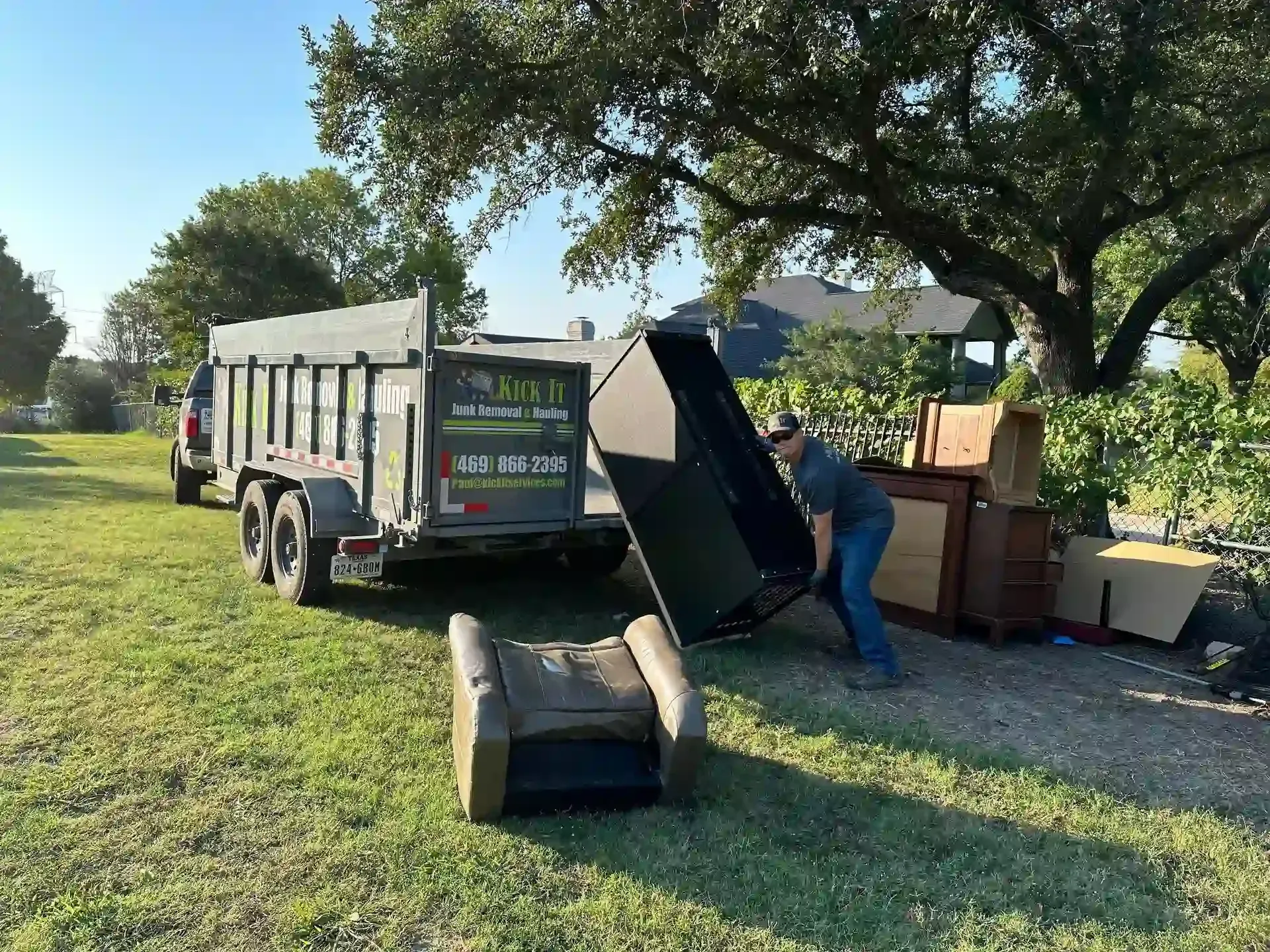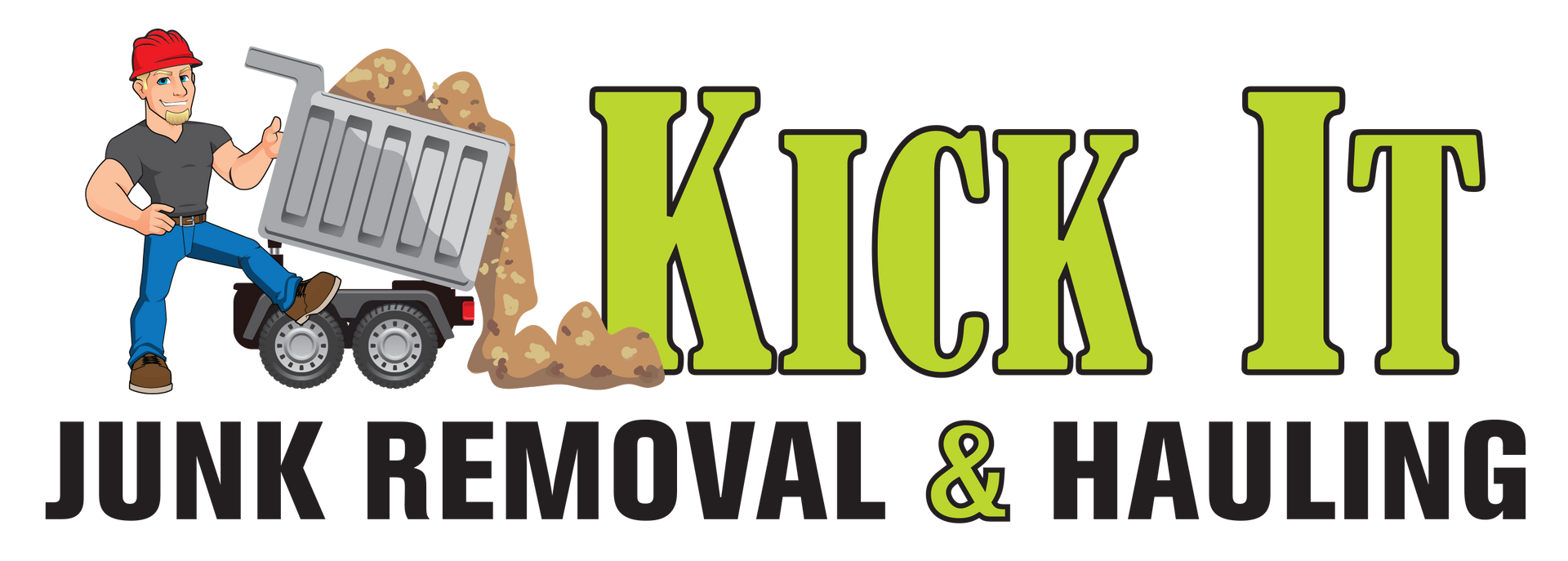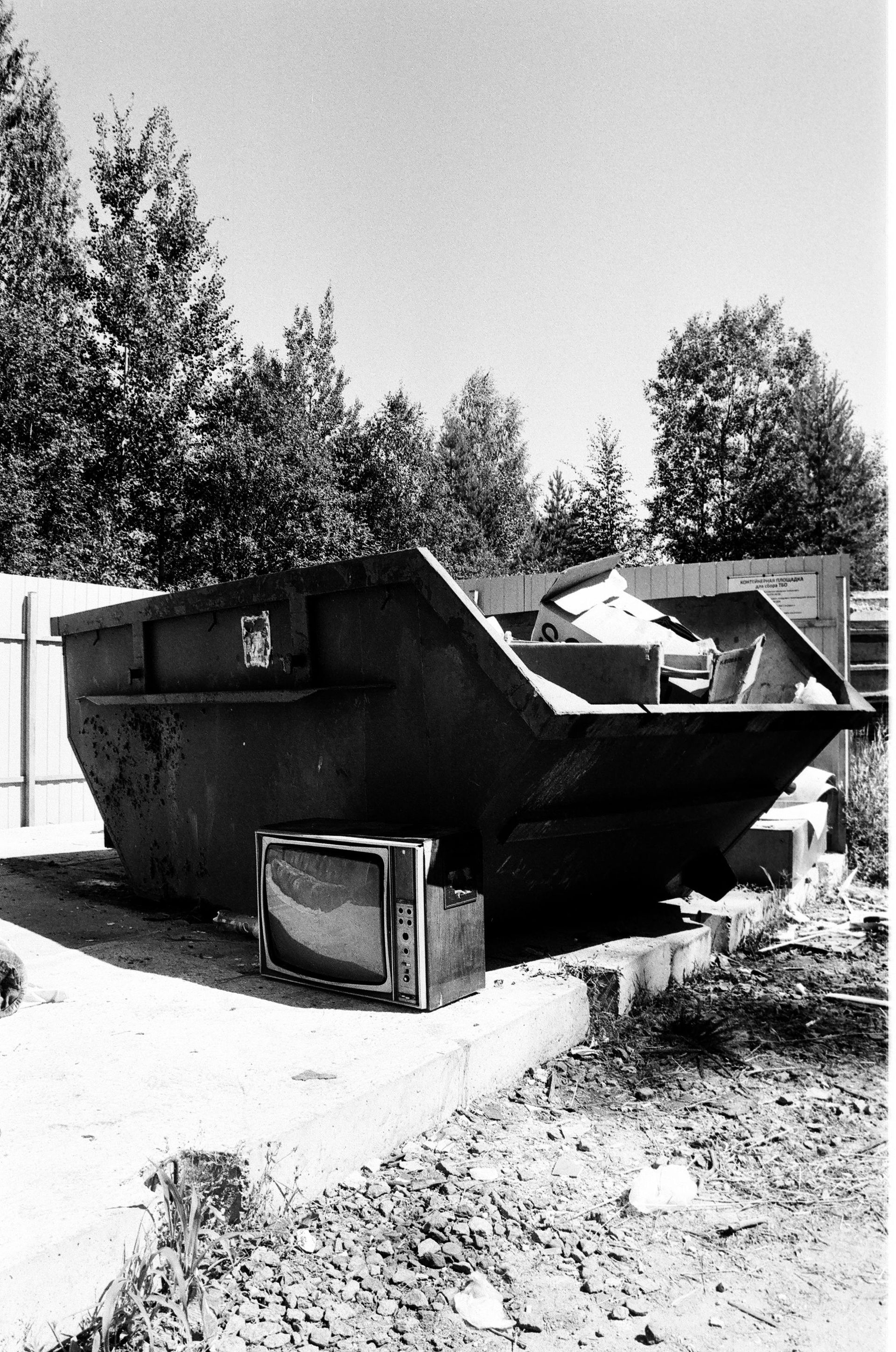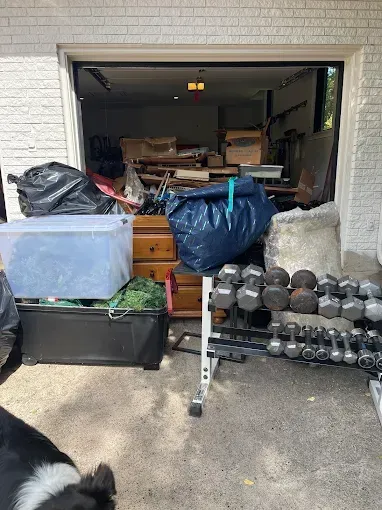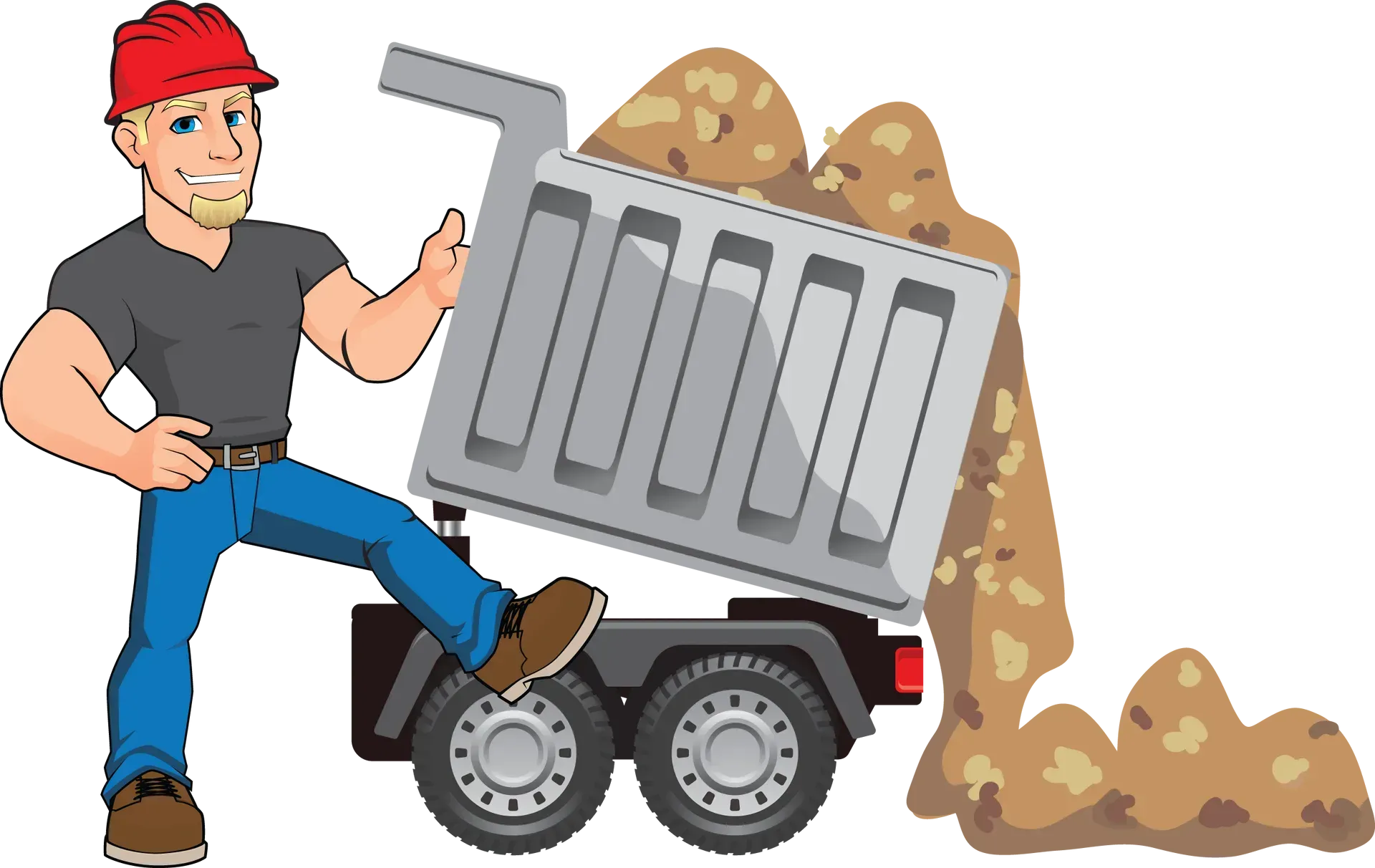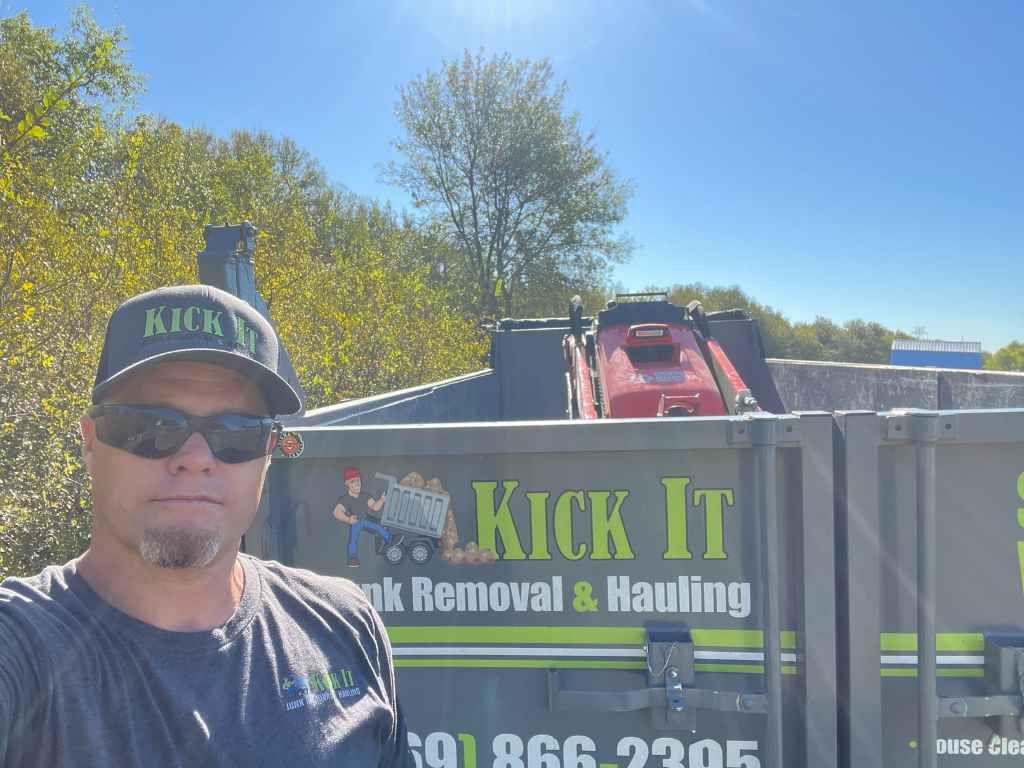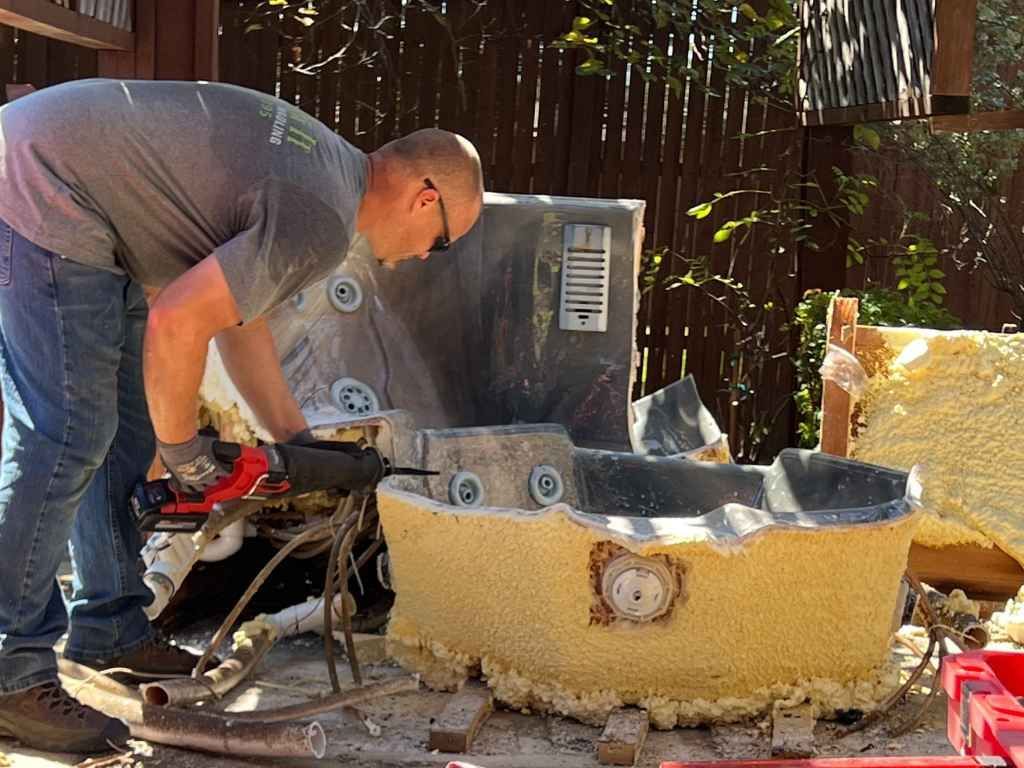The Do’s and Don’ts of Appliance Removal
When it comes to removing large household appliances like refrigerators, washers, and dryers, it’s easy to feel overwhelmed. These items are bulky, heavy, and often require professional handling. Whether you're upgrading your appliances or simply decluttering, understanding the best practices for appliance removal can make the entire process smoother and safer. In this guide, we’ll explore the do’s and don’ts to ensure that your appliance removal is as efficient, safe, and hassle-free as possible.
Do’s of Appliance Removal
Plan Ahead and Make Space
Before you start removing your appliances, plan ahead. Take the time to clear a path from the appliance to the door to avoid any unnecessary struggles. Whether you’re moving a refrigerator from the kitchen or a washing machine from the laundry room, ensure the space is free from obstacles, clutter, or items that could slow you down. Additionally, if you're using a dolly or hand truck to move the appliance, make sure there's enough space to maneuver it.
Turn Off the Power Supply
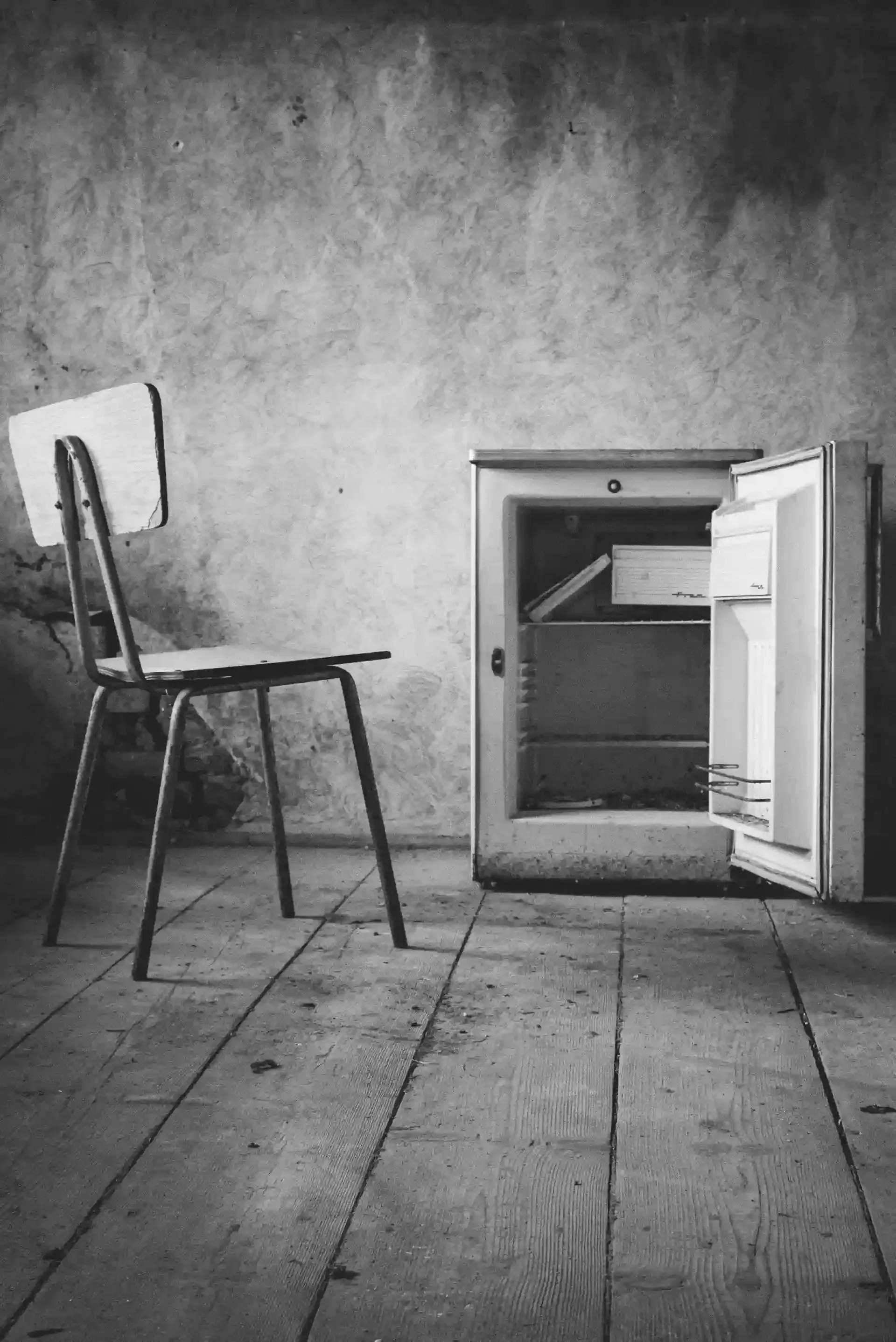
Before disconnecting or moving any large appliances, it's essential to turn off the power supply. For most appliances like refrigerators, stoves, and washers, this means unplugging them from the wall. For appliances connected to gas lines, such as gas ovens and dryers, it's crucial to shut off the gas supply to avoid any accidents. Always check the owner’s manual for specific instructions regarding power disconnection.
Drain Water Lines
If you're removing appliances that require water hookups, like washing machines or dishwashers, draining the water lines is a must. Failure to do this could result in a mess or even damage to your floors or walls. Use a towel or sponge to soak up any residual water before disconnecting hoses or lines. Make sure the valves are fully closed to prevent leaks after the appliance has been disconnected.
Secure the Appliance Before Moving
Appliances such as refrigerators, freezers, and large washers can be prone to tipping over or moving unexpectedly during transport. Secure them in place using straps or ropes to ensure they remain stable. It’s best to use moving blankets or padding to protect both the appliance and your walls during the removal process. This will help you avoid any scratches or dings on the appliance or your home.
Check for Hazardous Materials
Some older appliances may contain hazardous materials like freon (in refrigerators and air conditioners) or other chemicals. Make sure to check with a professional junk removal service to ensure the safe disposal of these items. It’s crucial that hazardous materials are handled properly to prevent harm to the environment or to individuals involved in the removal process.
Hire Professionals When Needed
If your appliance removal task feels like too much to handle, don’t hesitate to hire professionals. Not only will they have the proper equipment and training to remove heavy appliances safely, but they can also ensure proper disposal and recycling of your old items. Professional junk removal services can save you time and reduce the risk of injury or damage.
Recycle When Possible
Recycling is a great option for many large appliances. Before deciding to throw away your appliance, check with local recycling centers to see if they accept large household items. Many appliances contain valuable materials like copper, aluminum, and steel that can be repurposed. By choosing to recycle, you’re helping reduce the environmental impact of these items.
Use Proper Lifting Techniques
When it comes to lifting heavy appliances, using proper lifting techniques is crucial. Always bend your knees, not your back, to lift the item. Keep the appliance close to your body to avoid straining your back muscles. It’s always a good idea to have a second person assist with the lifting process if the appliance is too large or heavy for one person to handle.
Take Advantage of Donation Opportunities
If your appliance is still in good working condition but you're simply upgrading, consider donating it to a local charity or organization. Many charities accept gently used refrigerators, stoves, or washers to help those in need. Donating your appliance not only helps others but also reduces waste, which is beneficial for the environment.
Dispose of Small Appliances Properly
For small household appliances like microwaves, toasters, or blenders, check if your local municipality offers special disposal services. Some items may be accepted during curbside pickups, or you may need to take them to a recycling center. Many electronics recycling centers will accept small appliances, ensuring they are disposed of in an eco-friendly manner.
Don’ts of Appliance Removal
Don’t Attempt to Remove Dangerous Appliances Alone
While it’s tempting to tackle appliance removal on your own, there are certain items that should never be removed alone, especially if you lack the experience or proper equipment. For instance, appliances connected to gas lines, electrical circuits, or water sources can pose significant risks. Attempting to move these without proper knowledge could lead to leaks, electrical shorts, or fires. Always consult a professional when dealing with hazardous appliances.
Don’t Ignore Safety Precautions
Appliance removal involves various risks, including the possibility of injury from lifting heavy items or exposure to dangerous chemicals. Never skip safety precautions, such as wearing protective gloves, closed-toe shoes, and long sleeves, especially when moving large or potentially dangerous appliances. Proper footwear will help protect your feet from accidental drops, and gloves can prevent cuts or bruises.
Don’t Dispose of Appliances Improperly
Improper disposal of old appliances can have serious environmental consequences. Many appliances contain refrigerants, oils, or other harmful materials that require special handling. Simply dumping your old appliance in a landfill can harm the environment and may violate local disposal regulations. Ensure that your appliance is disposed of at a certified recycling center or through an eco-friendly junk removal service.
Don’t Forget to Disconnect Water and Power Lines
It’s easy to forget about the power and water connections when preparing to remove an appliance, but neglecting to disconnect these lines can lead to leaks, electrical hazards, and damage to your appliances. Take the extra time to turn off all utilities and disconnect hoses, cords, and power sources. In the case of appliances with gas lines, be sure to consult a professional plumber or technician for safe disconnection.
Don’t Rush the Removal Process
When it comes to appliance removal, haste makes waste. Rushing the process could lead to accidents, breakage, or damage to your home. Take your time to plan the removal carefully, using the right tools and techniques to avoid costly mistakes. Ensure that you have the necessary manpower or equipment to move the appliance safely, and don’t be afraid to ask for help when needed.
Don’t Overload Your Vehicle
If you're planning to remove the appliance yourself and transport it in your car, be cautious about overloading your vehicle. Large appliances are heavy, and packing too many items in your car can lead to accidents or damage. If the appliance is too heavy or large for your car to handle, consider hiring a professional removal service that has the right tools and vehicles for the job.
Don’t Ignore Local Regulations
Local laws and regulations govern the proper removal and disposal of large appliances. Some areas have strict rules about where and how appliances should be disposed of, especially if they contain harmful materials. Be sure to check with your local waste management company or recycling center to ensure that you’re following the law and disposing of your appliance responsibly.
Don’t Overlook Small Details
Small details, such as removing shelves from the refrigerator or unhinging doors from the washer, can make a big difference in the removal process. Failing to address these minor aspects can make the removal more challenging and cause unnecessary delays. Take a few extra minutes to detach any removable parts to ensure a smoother, more efficient removal.
Don’t Let Old Appliances Pile Up
Procrastination is a common mistake when it comes to appliance removal. If you’ve recently upgraded your appliance but haven’t removed the old one yet, it’s easy to push the task aside. However, allowing old appliances to accumulate in your home can take up valuable space and increase clutter. Address the issue sooner rather than later to keep your living area clean and organized.
Don’t Attempt to Move Appliances Without the Right Tools
If you’re planning on removing your appliances yourself, having the right tools is essential. Trying to move a heavy refrigerator or washing machine without a proper dolly or hand truck can lead to injury or damage to your appliance and home. Investing in the right tools or hiring a professional with the appropriate equipment will make the process much safer and easier.
Conclusion
Appliance removal doesn’t have to be a stressful process if you follow the right guidelines. Whether you decide to do it yourself or hire a professional, ensuring the safety of your home and the environment should always be your top priority. For those in need of expert appliance removal services, Kick It Junk Removal & Hauling offers reliable, professional solutions. With their experienced team, you can rest assured that your appliance removal will be handled with care and precision.
For all your appliance removal needs, contact Kick It Junk Removal & Hauling at 469-866-2395 or email Paul@kickitservices.com for assistance. They’re conveniently located at 14339 Stanley Lane, Forney, Texas 75126. Let them take the stress out of your appliance removal today!
